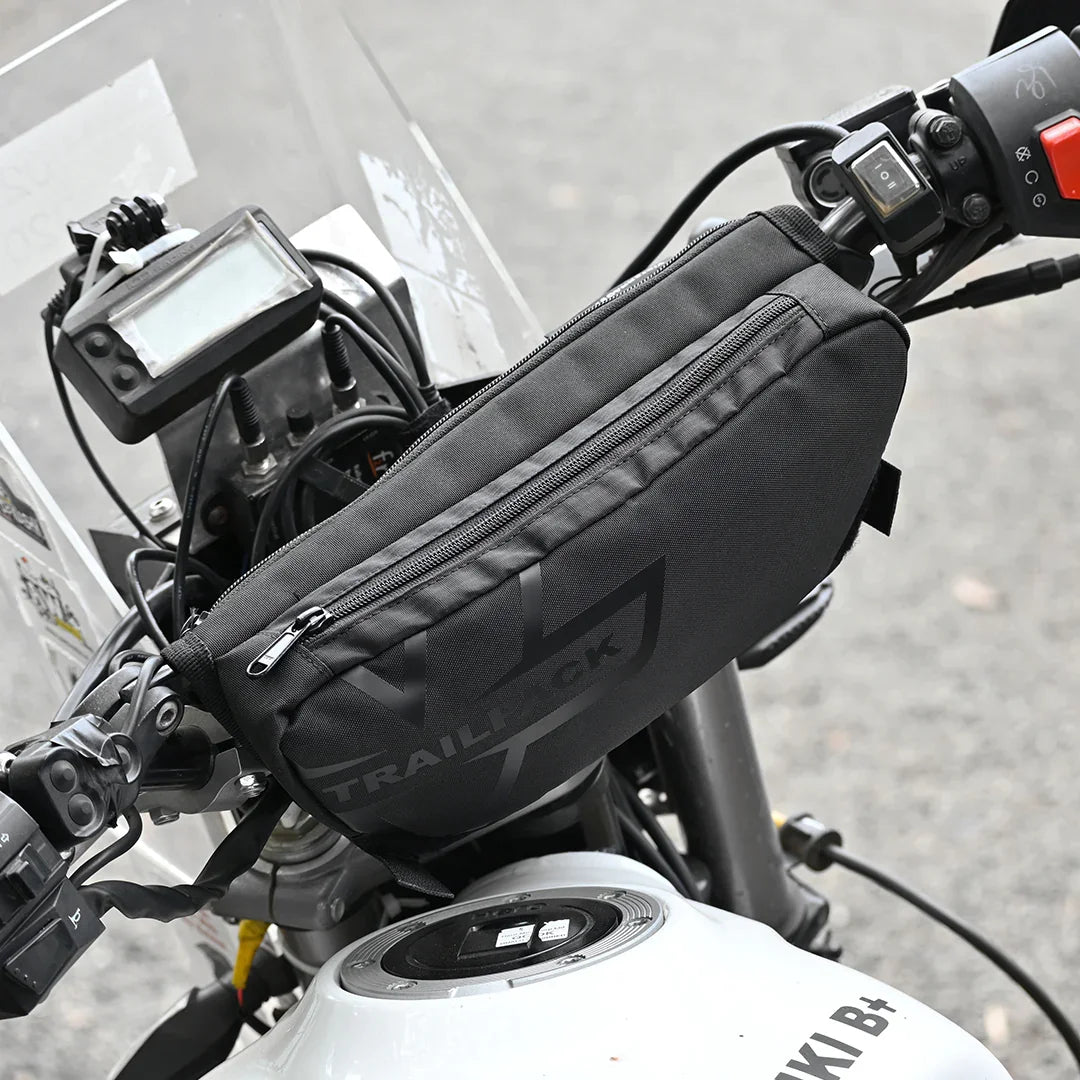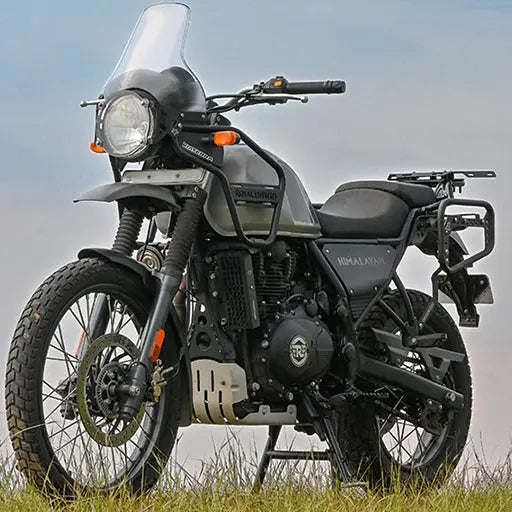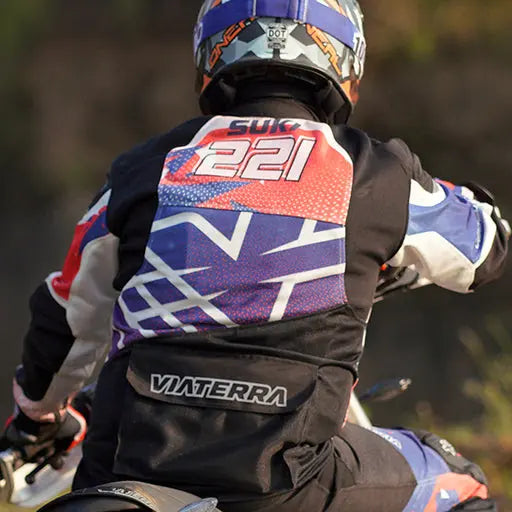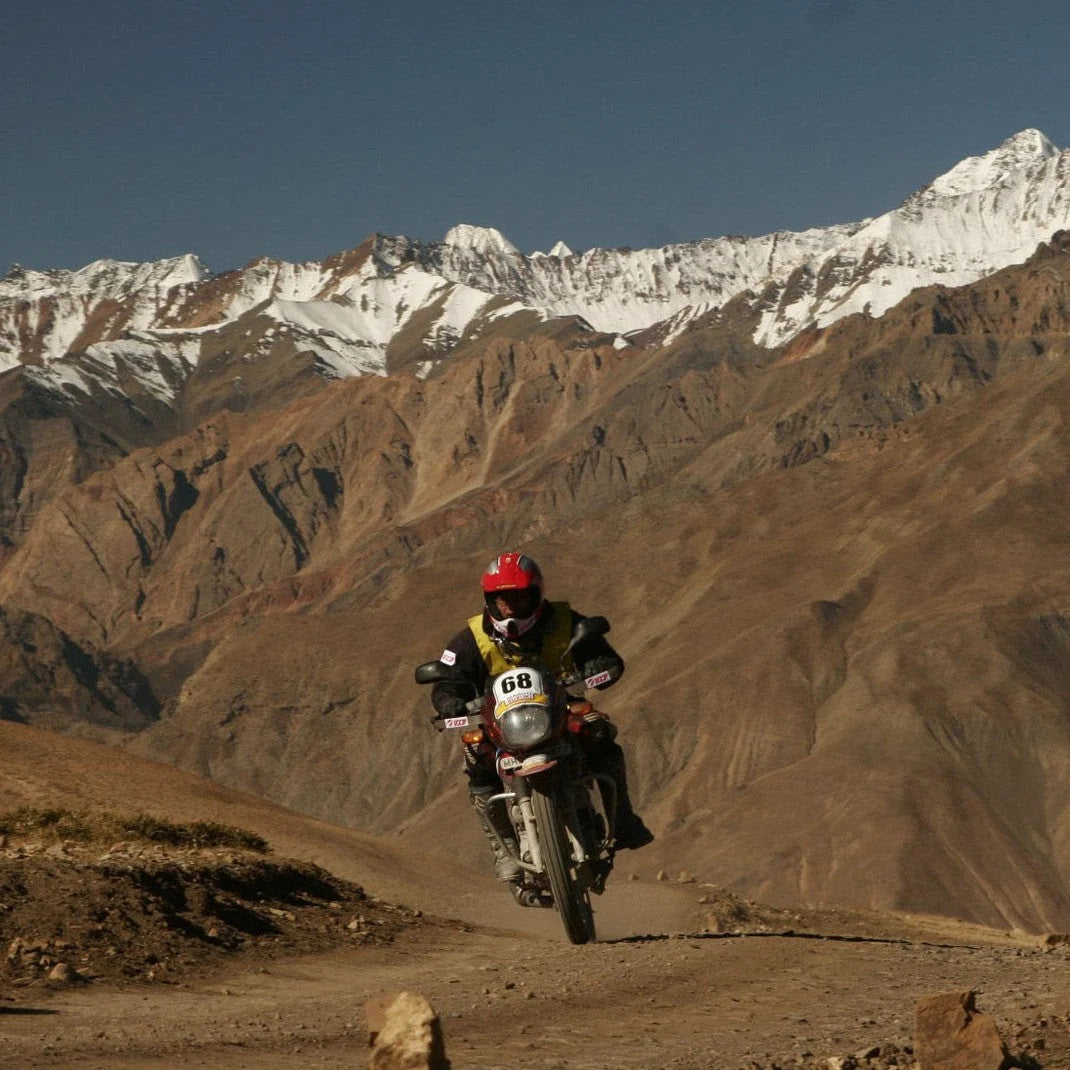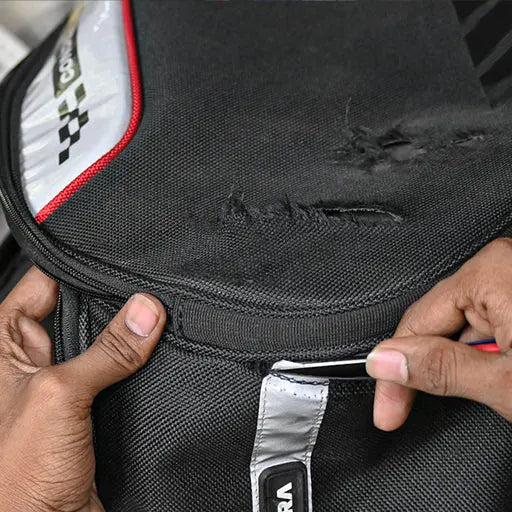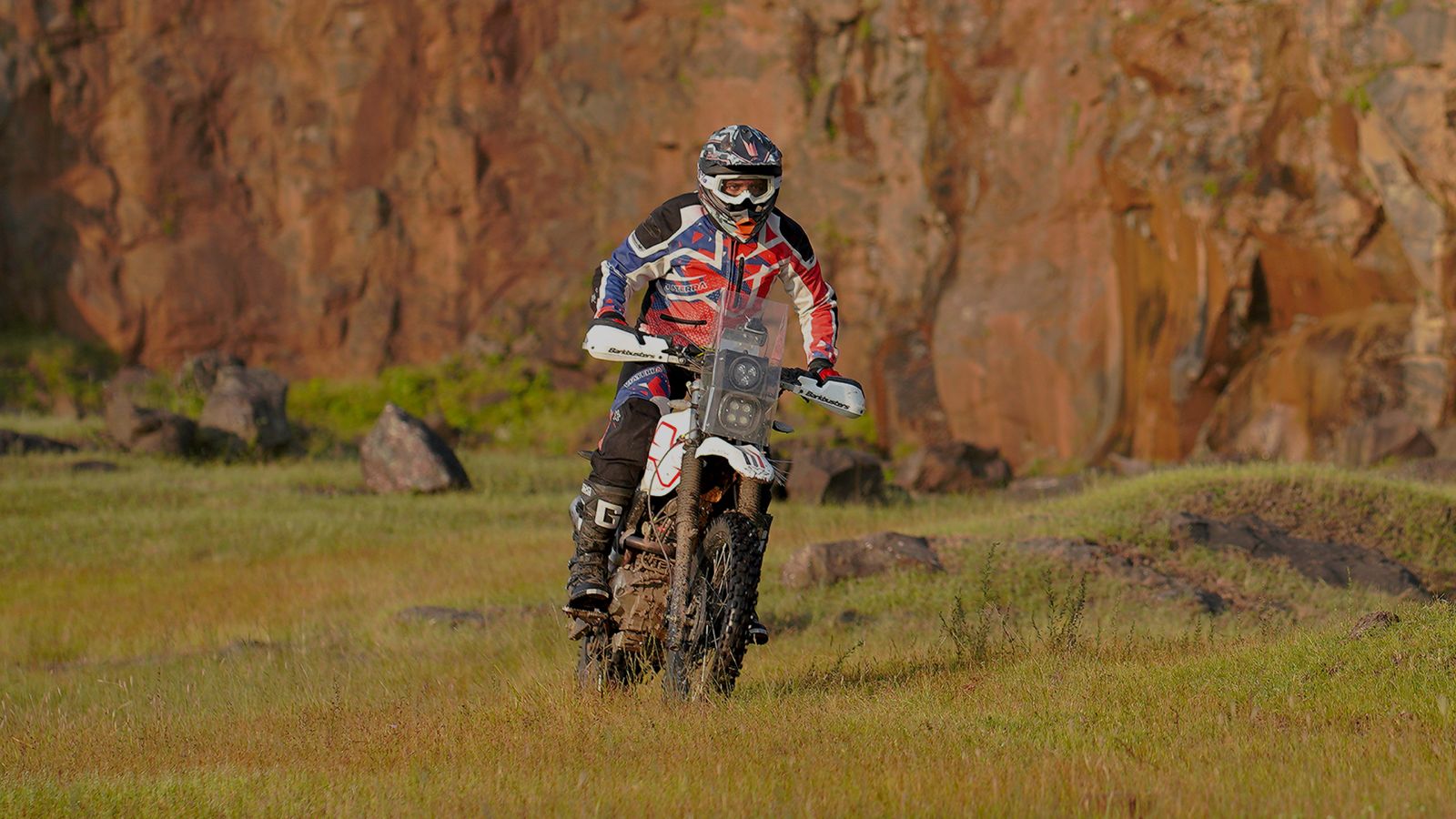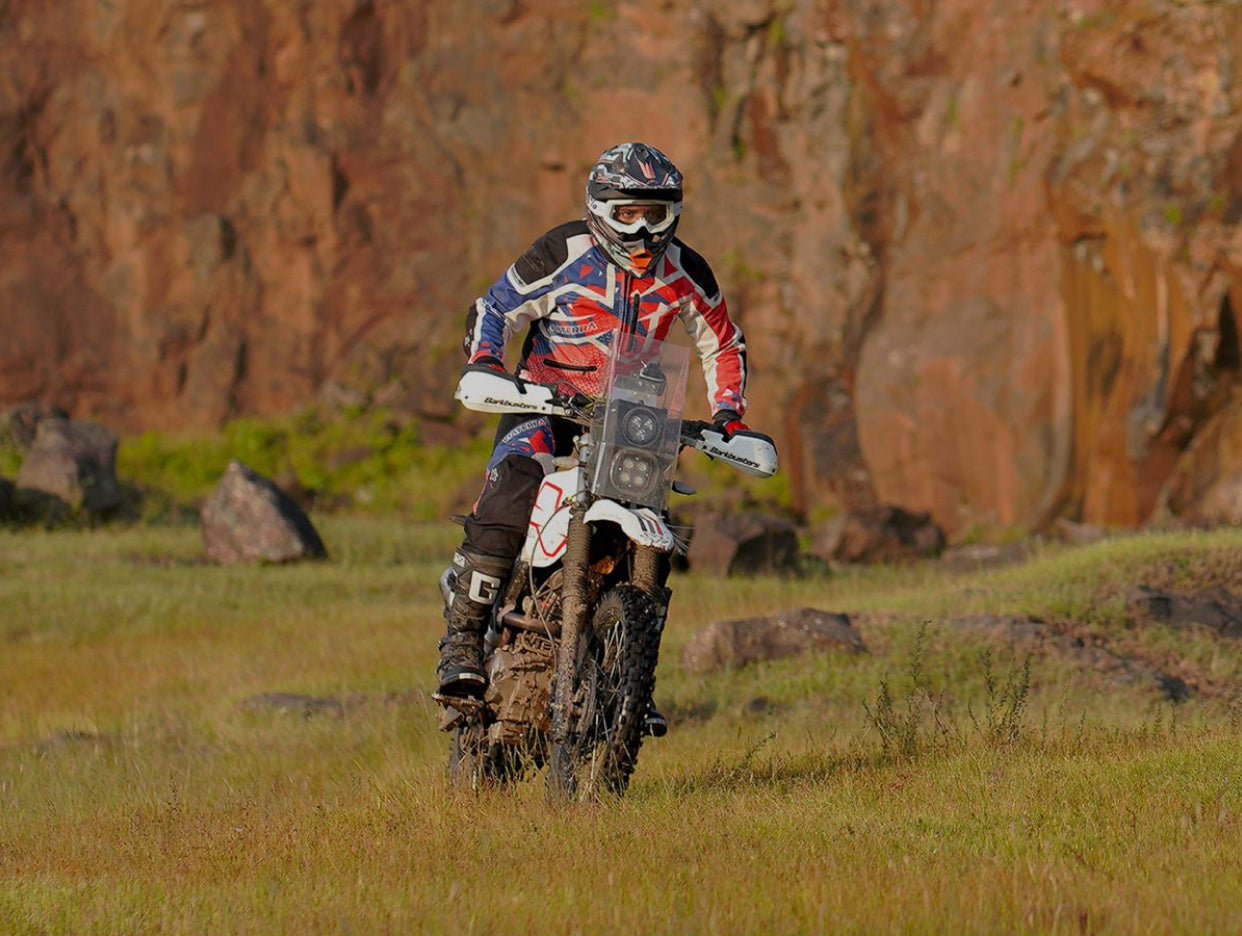Riding a motorcycle in India is thrilling, efficient, and often the fastest way to navigate traffic. But Indian roads pose unique challenges. This guide shares practical motorcycle safety tips every rider should know, along with expert tips for riding a motorbike safely on urban streets, highways, and scenic routes.
Why Motorcycle Safety Matters in India
Motorcycles provide unmatched freedom, but the Indian road environment demands vigilance. From congested city streets to remote rural highways, accidents can happen in an instant. Applying proper motorcycle safety tips ensures that each ride is controlled, safe, and enjoyable.
Key reasons to prioritize safety:
-
Reduce risk of preventable accidents
-
Protect yourself and fellow road users
-
Adapt to changing road, weather, and traffic conditions
-
Build confidence and better riding skills
Even experienced riders benefit from revisiting these fundamentals regularly. Safety is not luck - it’s a choice.
Gear Up Every Single Ride
Safety starts with your motorcycle protective gear. The right gear protects you in case of accidents, reduces fatigue, and improves visibility. Essential items include:
-
BIS-certified helmet with clear visor
-
Riding jackets and pants with CE-certified armour
-
Full-length gloves and ankle-high boots
-
Reflective panels for night riding
All-weather options for Indian conditions:
-
ViaTerra Miller Mesh Jacket: Breathable mesh, CE Level 2 armour, reflective panels for day/night safety
-
Spencer Street Riding Pants: Comfort, ventilation, and protection suitable for long rides or city commutes
Pro Tip: Even in short city rides, gear can prevent injuries during sudden braking or collisions. Lightweight options make daily use easy and safe.
Ride Defensively: Always Expect the Unexpected
Indian roads are unpredictable. Defensive riding is the most important motorcycle safety tip you can follow. Key techniques:
-
Maintain safe following distance
-
Anticipate other drivers’ mistakes
-
Continuously scan mirrors and surroundings
-
Be extra cautious at roundabouts, intersections, and traffic lights
-
Watch out for pedestrians, animals, and sudden lane changes
Pro Tip: Think of defensive riding as your “superpower” on Indian roads - it can prevent accidents even in chaotic traffic.
Boost Visibility on the Road
Most motorcycle accidents happen because riders aren’t seen. Improve visibility by:
-
Wearing reflective gear or jackets with reflective panels
-
Keeping headlights on at all times, day or night
-
Using hand signals in addition to indicators
-
Choosing bright helmets and jackets
-
Adjusting lane position slightly to catch attention
Even minor adjustments in how you ride can dramatically reduce collision risk.
Braking: The Most Underrated Skill
Correct braking techniques save lives:
-
Use both brakes together for controlled stops
-
Avoid sudden front brake grabs that cause skidding
-
Practice emergency stops in safe areas
-
Familiarize yourself with ABS (if available)
Remember: Wet roads, loose gravel, and sand are common in India. Braking distance increases, so always ride with caution.
Reading Indian Roads Like a Pro
Many hazards aren’t marked. Train yourself to anticipate obstacles:
-
Potholes, loose gravel, and water-logged areas
-
Sudden speed breakers or open manholes
-
Bus stops, markets, and crowded pedestrian zones
-
Livestock crossing or unexpected animals
The more you ride, the better you become at spotting these dangers early, reducing the chance of accidents.
Follow Speed Limits and Ride to Conditions
Overspeeding is a leading cause of accidents. Ride at a pace that gives you full control:
-
Urban areas with dense traffic
-
Rural roads with blind turns
-
Slippery or wet roads
-
Hilly or winding routes
Adapt your riding style to:
-
Weather: Rain or fog requires slower, smoother riding
-
Traffic: Peak hours demand patience and lane discipline
-
Time of Day: Night reduces visibility; check all lights and wear reflective gear
Adapting to conditions is a critical tip for riding a motorbike safely.
Pre-Ride Checks: Preventive Safety
A simple bike check can save your ride. Always inspect:
-
Tyre pressure and tread depth
-
Brake and indicator lights
-
Chain condition and lubrication
-
Oil and coolant levels
-
Horn and mirrors
Pro Tip: Keep essential tools and emergency supplies in a tailbag or tank bag like the ViaTerra Trailpack or Drybag 40L. Consistent maintenance prevents unexpected breakdowns and accidents.
Avoid Fatigue and Distractions
Tired or distracted riders are more prone to accidents. Tips include:
-
Avoid riding when exhausted
-
Pull over for phone calls; don’t use your device while riding
-
Stay hydrated, especially in hot Indian summers
-
Rest during long rides
Maintaining mental alertness is a cornerstone of all motorcycle safety tips.
Never Stop Learning
The best riders keep learning:
-
Attend safety workshops and off-road courses
-
Watch technique and riding tutorial videos
-
Practice advanced maneuvers in safe environments
Continuous improvement ensures your skills evolve with changing road conditions.
In Conclusion
Riding safely in India requires conscious choices: proper gear, defensive techniques, visibility, bike checks, and continuous learning. Following these Safety Tips for Motorcycle Riders, along with practical tips for riding a motorbike, ensures every journey is safer and more enjoyable. Gear up, ride smart, and make safety your habit.
FAQs
1. How often should I check my motorcycle before riding?
Daily pre-ride checks of tyres, brakes, lights, fluids, and chain are essential. Keep emergency tools and supplies handy.
2. Is riding gear necessary for short city rides?
Yes! Even short trips can be risky. Lightweight options provide comfort without compromising safety.
3. How do I stay hydrated during long summer rides in India?
Use hydration packs and take regular water breaks. Hydration prevents fatigue and helps maintain focus.
4. Can I ride with regular jeans and shoes for city commutes?
Regular clothing offers minimal protection. Always prefer riding jeans, jackets, and gloves.
5. Are mesh jackets suitable for hot and humid Indian climates?
Yes. Mesh jackets like ViaTerra Miller or Kruger Air provide airflow and CE-certified protection.


